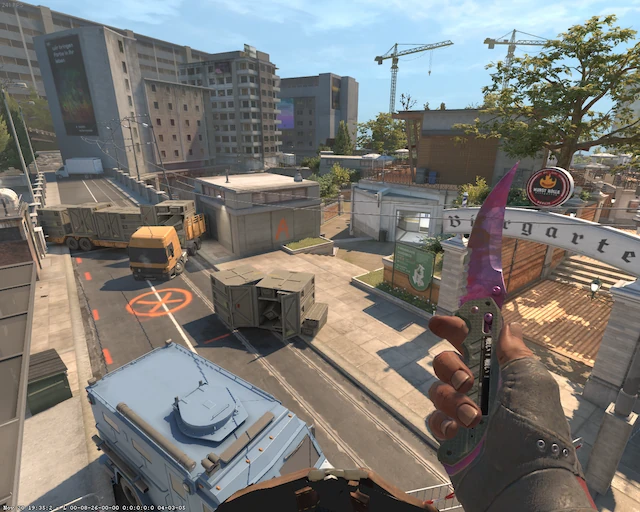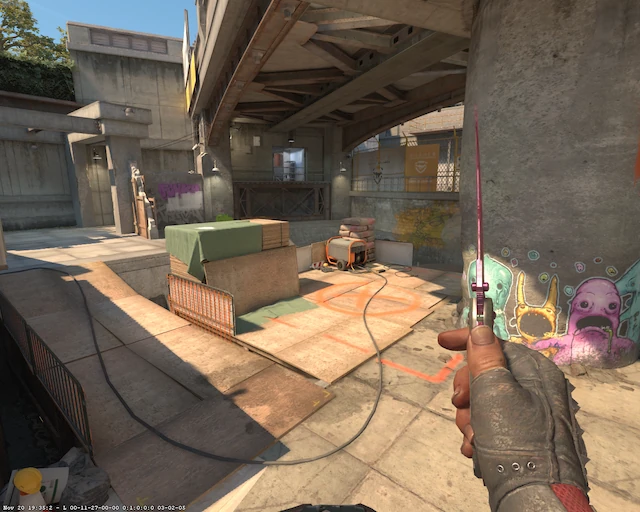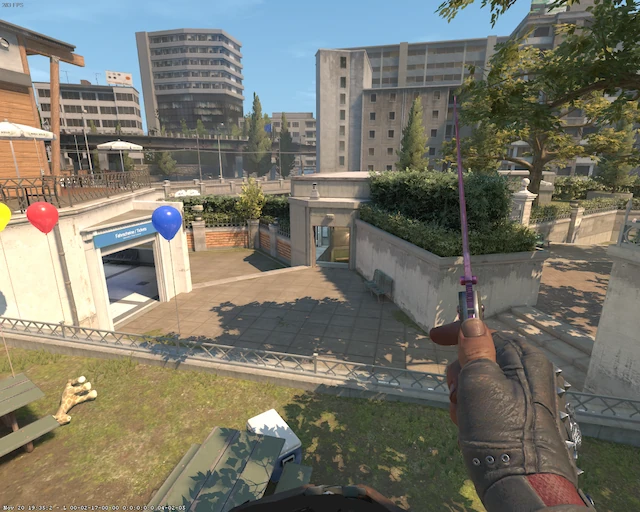Overpass
CS2 Overpass Map Guide
Overpass, based in Germany, is a map renowned for its complexity and emphasis on utility in CS2. Overpass stands out with its vertical design and diverse environments, demanding precise teamwork, strategic utility use, and quick decision-making. Here’s an in-depth guide to mastering Overpass for both the T and CT side.
Map Layout
Overpass is notable for its two distinct levels, hosting bombsites A and B. The map mixes long sightlines in areas like A Long with the confined spaces of Connector and Bathrooms. Effective control of Mid, Connector, and Bathrooms is crucial, as they offer pivotal rotation paths and influence over key areas.

CT-Side Strategies
Initial Positioning
A common CT setup is to have three players at B, with one dedicated to holding Monster two securing Short B, and two players at A, focusing on Mid and Long. Alternatively, some teams opt for three at A, with one player in Connector and the others covering Mid and/or Long. The ability to fall back and defend A site from stronger positions is an essential aspect of this approach.
Utility Usage
Overpass is a map where early utility is vital. CTs often use smokes for Monster and molotovs for Playground to disrupt T-side movement and gather information. Controlling these areas can significantly delay T-side strategies and provide CTs with a strategic advantage.
B-Side Control
Controlling Water and Short B is crucial for B site defenders. Aggressive utility use in Monster and Short B can fend off early T pushes. Maintaining presence in Water allows for quick support to either site and the ability to counter T-side map control efforts.


Rotations
Rotations are key on Overpass. The player in Connector (or B rotator) serves as a quick rotator and informant, crucial for supporting both sites effectively. Timely and informed rotations can often be the difference between winning and losing a round.
T-Side Strategies
The Default
A standard T-side setup involves spreading players across Playground, Fountain, Connector, and B Short. This setup aims to gain initial map control and keeps options open for executing strategies on either site. (Often 3 A, 1 Con, 1 B)
Map Control
Gaining control of Connector is a strategic objective for T-sides, as it provides fast rotation options to both sites. Utilizing utility to secure Connector and then expanding control towards Bathrooms or Water can set the stage for a successful site execute.
Site Executes
For A site executes, smokes for Bank and Dumpster, combined with flashes and molotovs, are crucial for clearing common angles. On B, smoking Heaven and Bridge, along with molotovs for Barrels and Water, can isolate defenders and open the site for a plant.
Pistol Rounds
CT-Side
CTs often start with a standard setup but may opt for an aggressive play in Connector or Fountain for early information. Predicting and countering the T-side’s movements are crucial in these rounds.
T-Side
T-side pistol rounds typically involve quick, decisive actions, like a swift B push with a smoke for Heaven or a coordinated A take with essential utility.
Tips and Tricks
- Utility Game: Understanding and mastering utility placement is essential on Overpass. CTs should use smokes and molotovs to delay pushes and retain control, while Ts need to use theirs to displace CTs and gain ground.
- Eco Rounds: Creative tactics can be effective, such as aggressive pushes or unexpected site stacks.
- Communication: Clear, concise communication is vital for swift rotations and efficient utility usage. Sticking to a cohesive team strategy is key to success.
Conclusion
Overpass challenges teams with its unique layout and strategic depth. Whether defending the sprawling B site or orchestrating an A site execute, success on Overpass hinges on a team’s ability to adapt, communicate effectively, and use utility strategically. Master these elements, and you’ll significantly enhance your team’s performance on this demanding CS2 map.